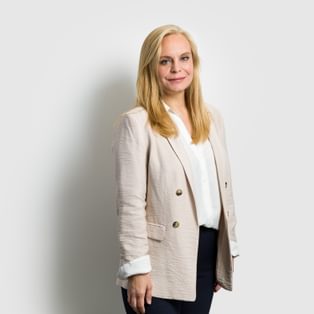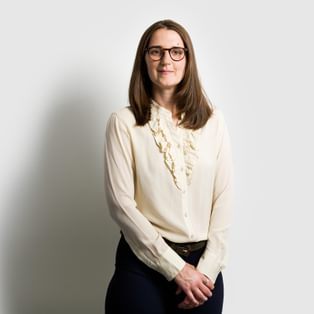Six years ago, the fashion industry got a wake-up call on race, amid complaints that many shows and magazines only featured white models. Various initiatives were proposed, and some were even pursued (famously, Italian Vogue published an issue with only black models), at the end of which there was, according to the New York Times, "a notable increase" in the hiring of black models. It seems, however, that any improvement that there might have been was only temporary.
Analysis by the website Arts London News showed that 84% of the runway models at London Fashion Week in February 2014 were white. Women's lifestyle blog Jezebel conducted a comparable study during New York Fashion Week (which precedes its London counterpart) and drew similar conclusions: only 9.75% of the models to walk at NYFW were black, 7.67% were Asian and 2.12% were Hispanic.
The negative effects of these numbers seem clear: models of colour have to compete against each other for what few opportunities there are available, downward pressure is exerted on their wages since they have little ability to bargain for more, and agencies are less willing to engage such models since there are fewer opportunities and less earnings potential. Even global icons such as Naomi Campbell, Jourdan Dunn and Joan Smalls have spoken publicly of their struggle to get jobs because of their race.
There seems little doubt that such practices are potentially discriminatory. In England, the Equality Act 2010 prohibits discrimination on the basis of a number of "protected characteristics" including race (which includes ethnic or national origin, nationality or colour). Discrimination can be "direct", where one individual is treated less favourably than another in the same or similar circumstances on the basis of a protected characteristic, or "indirect", where a provision, criterion or practice is applied that puts a protected group at a particular disadvantage to other groups. Whilst indirect discrimination can, in limited circumstances, be objectively justified from a legal perspective, direct discrimination cannot. It is important to note that the Equality Act protects the broadest range of workers, not just employees.
Few examples exist of legal action in the face of such apparent discrimination. Doubtless, the fear of retribution - not least in the form of unspoken blacklisting - dissuades many potential claimants from pursuing such a course of action. From time to time, other initiatives are proposed, and in 2013 a Diversity Coalition was launched by fashion veterans including Bethann Hardison and Naomi Campbell. The Coalition wrote an open letter to the governing bodies of all the major Fashion Weeks, criticising the fashion industry for its reluctance to use non white models, and their efforts to highlight this issue continued in 2014.
It seems, however, that only when society's (or, at any rate, fashion consumers') definition of beauty changes to include a broader range of diversity will real progress be seen. This process can be seen in the increasing use by designers of Asian models to appeal to the highly profitable Chinese market.
For further information, please contact Taj Rehal (trehal@fladgate.com) or Michael McCartney (mmccartney@fladgate.com).


















